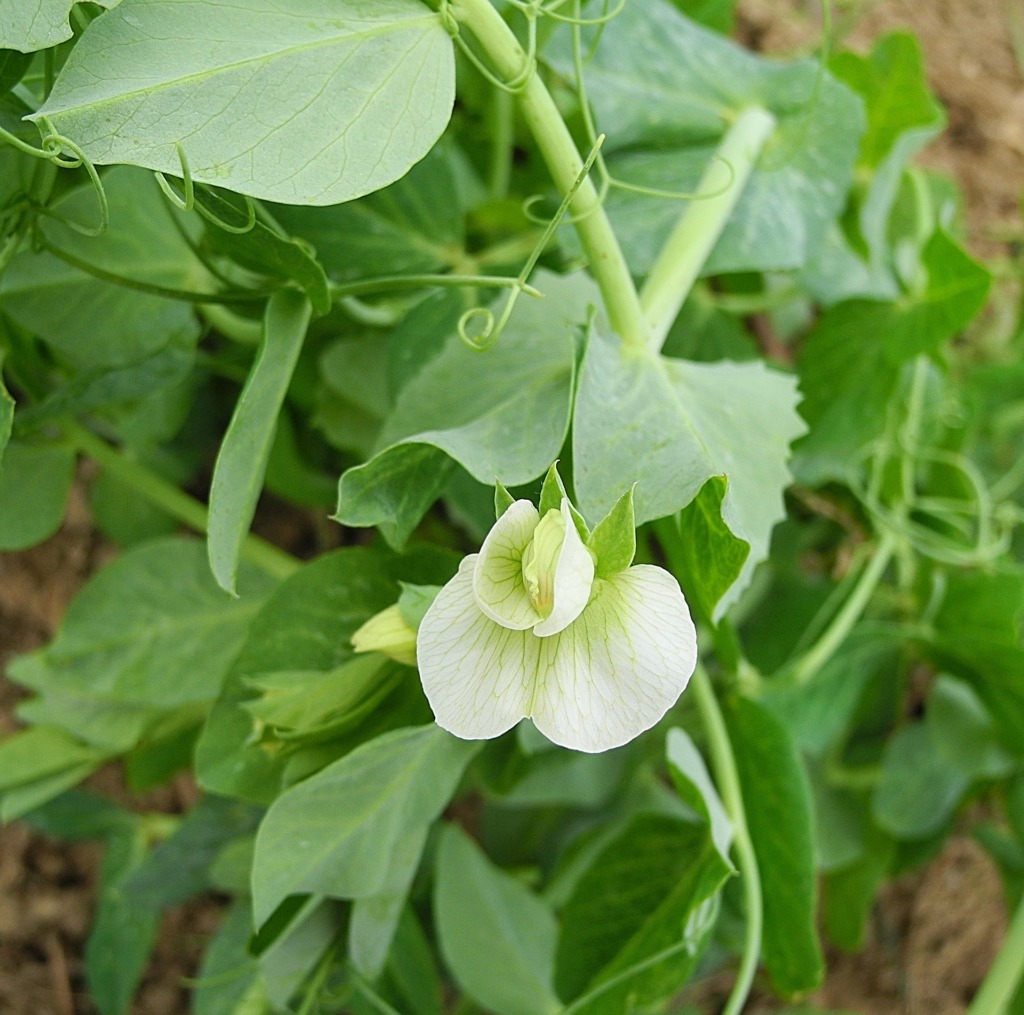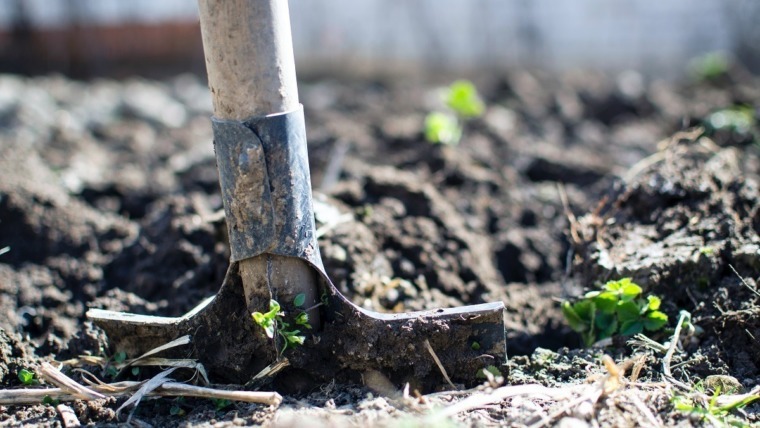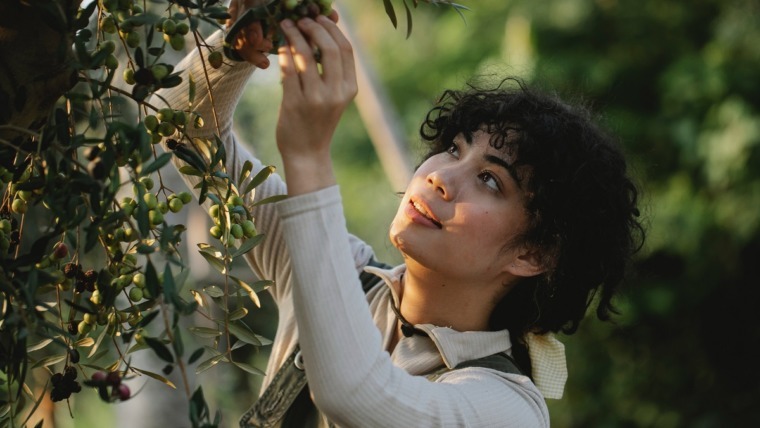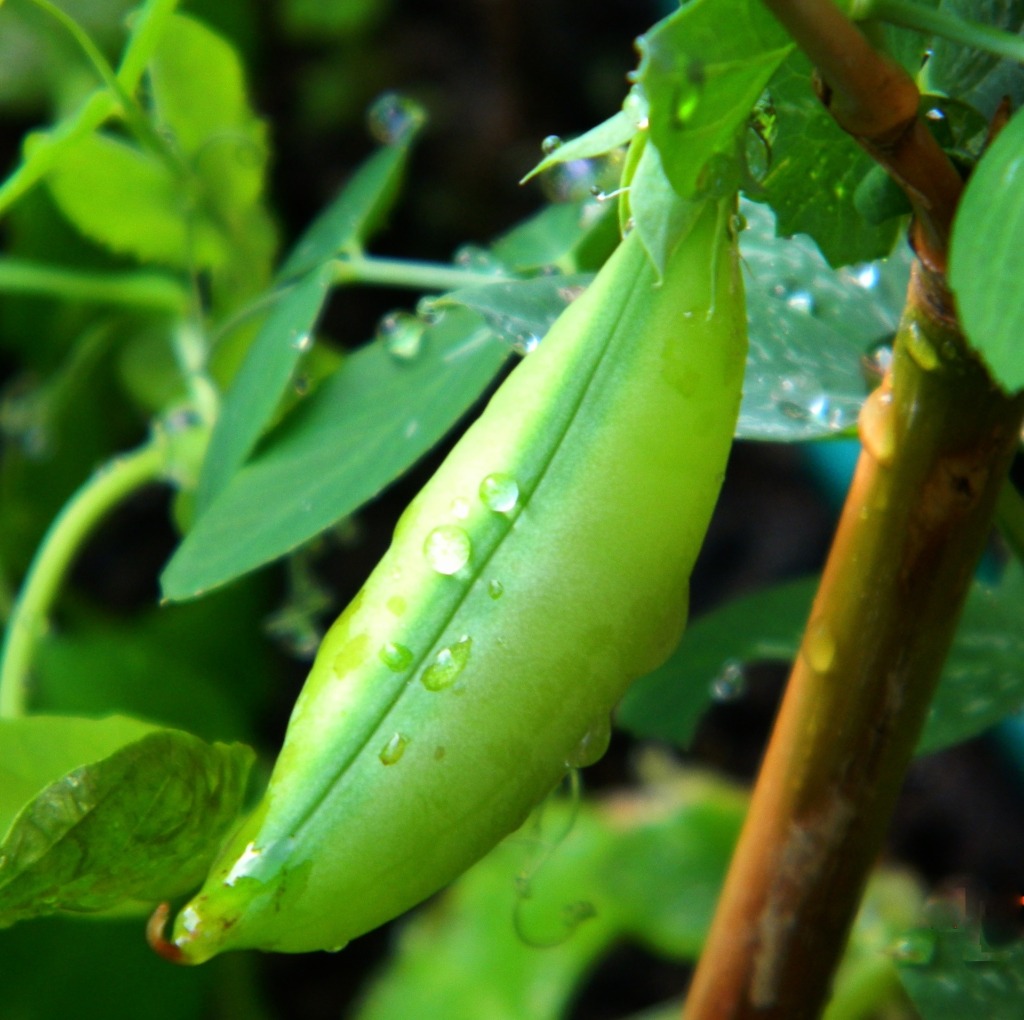
By Melanie Notaras of My School Adventure
Sugar Snaps, Snow Peas, even your common shelling peas … easy to grow, and even easier to eat! Twist one from the vine and pop in your mouth for a crunchy, juicy, mouth-bursting green flavour. Even kids will be clamouring to eat peas grown in the garden - they’re nothing like soggy frozen peas or even fresh produce from the fruit shop which rapidly ages into a starch.
Peas come in green, yellow, blue and even purple varieties. They’re not only bursting with colour and flavour, but are also highly nutritious with vitamins A, K, C, thiamine, manganese and folate (which is good for brain development). Peas are legumes, officially called Pisum sativum. They originated around the Mediterranean, and have been cultivated for at least 7000 years.
Buy some seeds today and you can be harvesting fresh green pods in 11 - 14 weeks’ time. Are you a homesteader? Grow your own dried peas for soup – just leave them on the vine to self-dry (if you can resist the fresh ones). You can get self-supporting bush varieties, but most people prefer the regular climbers which grow up to 2m high – because you get more peas! If you don’t have a fence or trellis that high don’t worry, you can either pinch off the ends to stop further growth (add the raw soft tips and young leaves into your salads), or you can gently twist and lead them to grow back down or across the trellis every couple of days.
How to Grow
Pea flowers are pretty, the vines grow fast and you can see exactly when they’re ready to eat – a perfect vegetable for novice gardeners or kids. Sugar snaps and snow peas can be harvested for about 6 weeks if you keep picking every day or couple of days, but shelling peas only fruit for 3 weeks. I always pick sugar snaps or snow peas to grow because I find them tastier and I get a longer and bigger harvest (you eat them whole). But if you do grow shelling peas, remember to add your pods to your compost, or pile them up to later dig them back into the soil to return the nutrition.
Don’t make the mistake of planting seeds straight out of the packet, they’re too dry. Soak them for 12-24 hours in water with a splash of worm wee or Seasol (seaweed solution) if you have it, first. Before you plant, dig some home compost into the soil that’s had a bit of dried manure added a few weeks earlier (don’t add too much manure as it promotes leaf growth at the expense of pod/fruit growth). You want to locate your peas in an area that will receive at least 6 hours of full autumn and winter sun.
I have sandy soil in my garden, which doesn’t retain water well. If you do too, you might want to try what I’ve been doing recently – digging plenty of small wood pieces (twigs, sticks, bark, woodchips) into the soil at the same time as my compost. They soak up water, soften and break down, increasing the organic richness of the soil and its water-retaining capabilities (which can help reduce mildew as you don’t need to water as much).
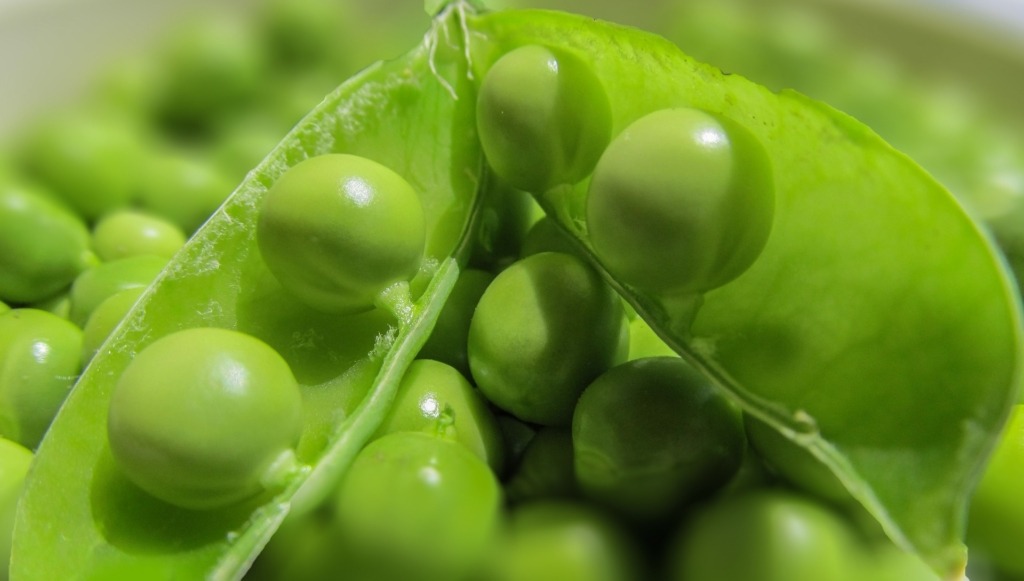
Peas germinate in about 7-10 days. Plant one or two seeds in each hole, about 15 cm apart. For a family of four people we plant 60 seeds – they don’t take up too much space, I grow them anywhere they can climb, even up trampoline poles! You’re going to get some losses from snails and birds but you can reduce this by creating a border of crushed eggshells and coffee grounds around the seedlings to stop the snails, or plant a circle of leafy twigs around the seedlings to hide them from birds. If the seedlings can’t quite reach the trellis, prop a twig alongside to give them a helping hand. Once they reach the trellis the tendrils will catch hold all by themselves. If you’re lucky with germination and it looks too crowded you can pull extra plants out. I can’t stand wasted plants, so I do this very gently and try to replant them to fill in any gaps along the line.
Mildew is a common problem of peas, and will eventually kill the plant. You can try to prevent mildew by reducing moisture on the leaves. Space the plants so leaves don’t overlap and are well aerated, water close to the roots (not the leaves), and water in the morning so any accidental splashes get a chance to dry before nightfall. Remove mouldy leaves if there aren’t many, and spray a mix of milk and water (1:10) on the remaining leaves. You can also try and keep them away from other plants susceptible to mildew, like pumpkin vines. Unfortunately once you get mildew, the demise is inevitable. It doesn’t affect the health and deliciousness of the peas though – keep picking and enjoying your peas right up until the plant dies.


